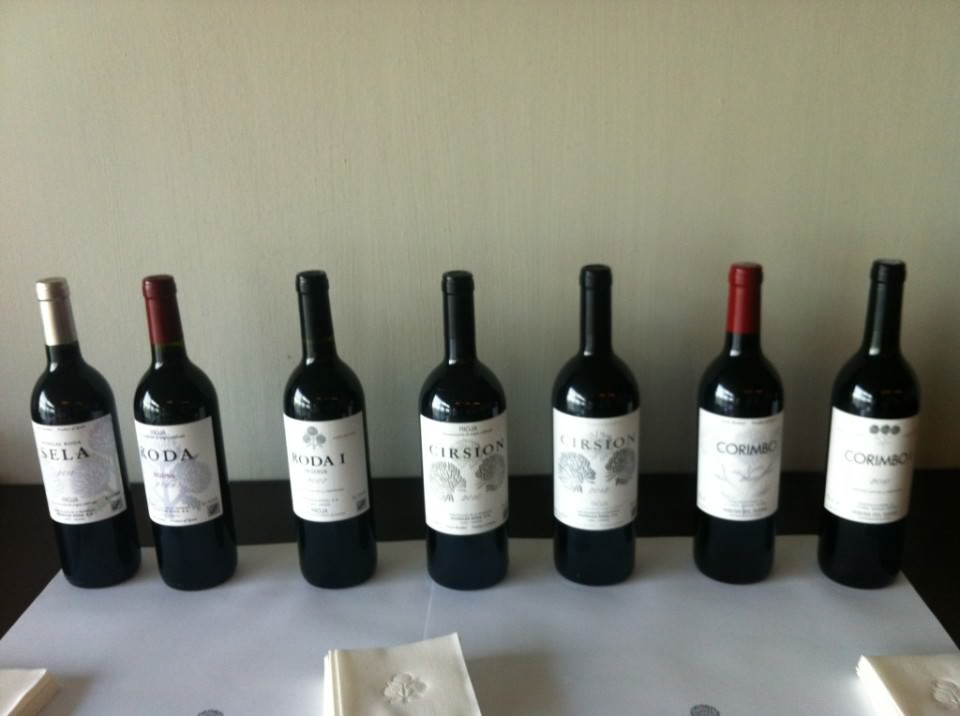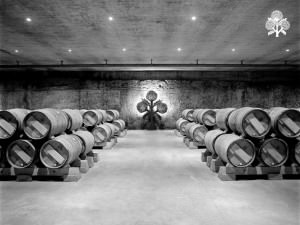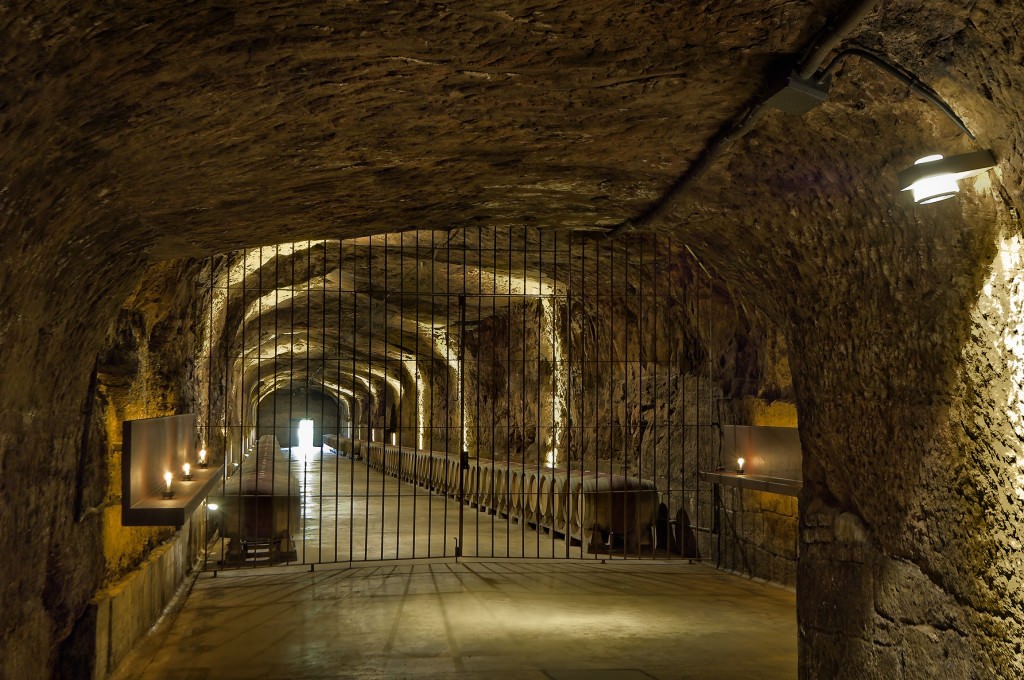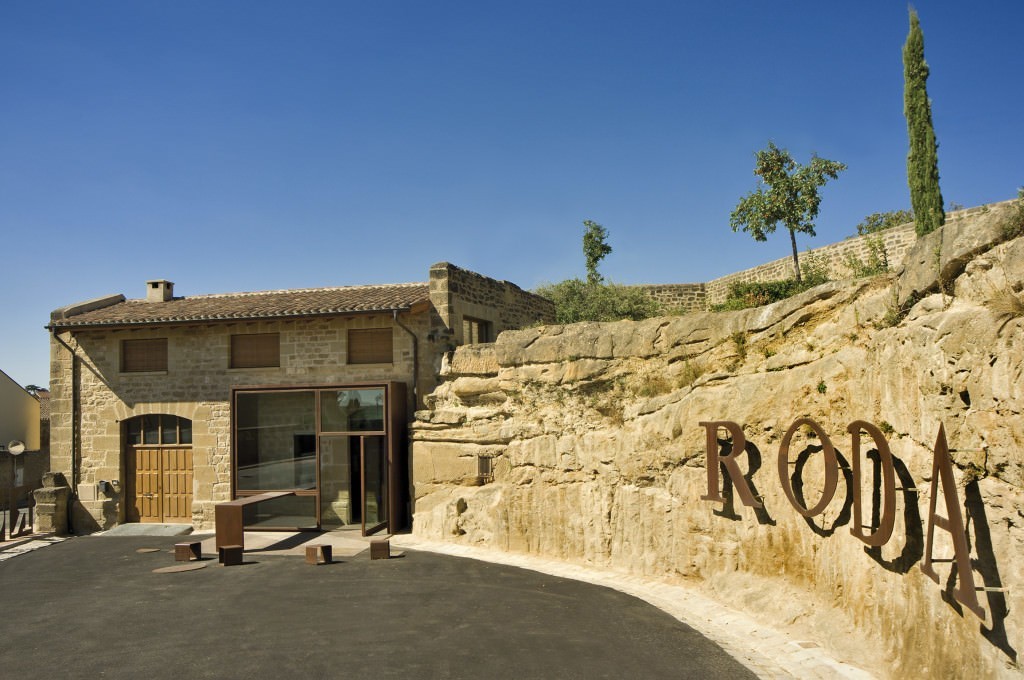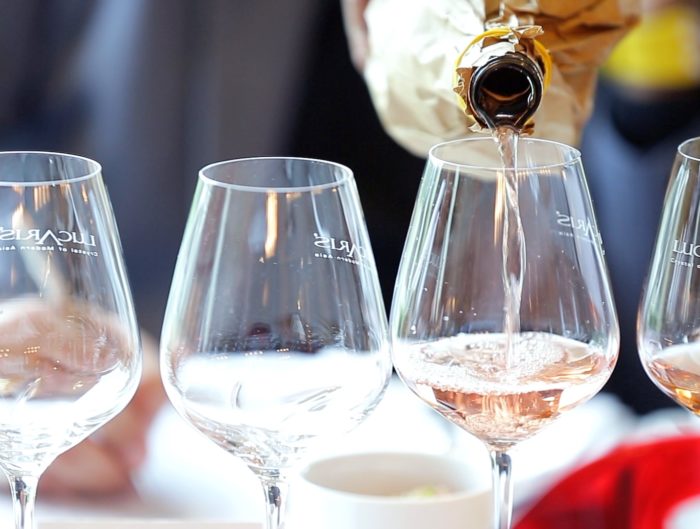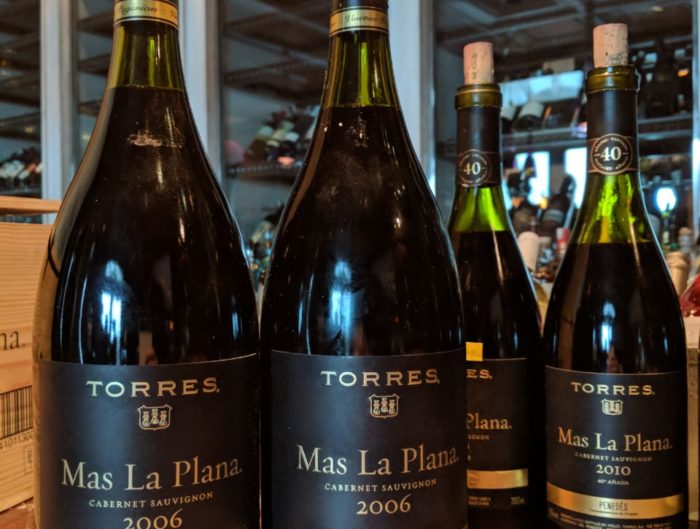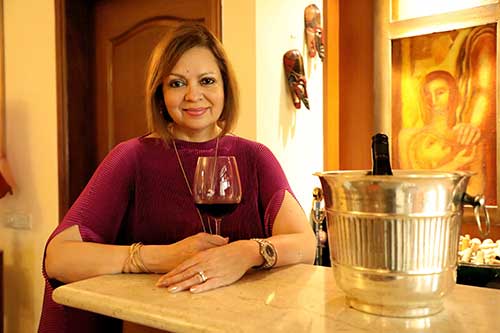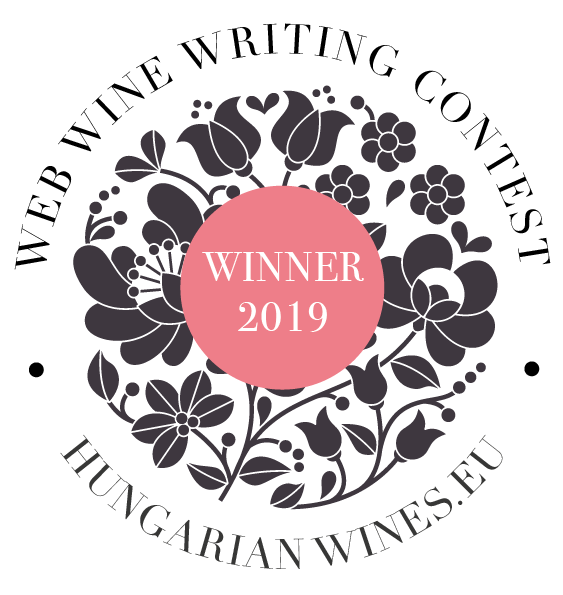When we refer to top-rated Spanish wines, most often the region that pops into one’s mind is La Rioja. Justifiably so. As you enter Rioja’s wine capital Haro, you cannot miss the fact that this is a town in which everything centres around wine. Wineries line the townscape, and almost at every turn you are reminded that the main business of this compact little place is wine. And big business it is. Some of the most famous names from the region that ever graced a bottle are based here. Among them is Bodegas RODA, a relatively new winery among its many venerable and famous neighbours. RODA is no mere baby to the wine business. In 27 short years it has grabbed worldwide attention for the speed with which it has quickly made itself a name at the very top. Each year, wine critics publish rave reviews of RODAs stunning wines.
While RODA’s winery is shining new, it sits atop an 18th century cellar on the banks of the River Erbo. The cellar, now used to age its Reservas, was once used by local wine
growers to store their wines before shipping them to Bordeaux at the time of the phylloxera epidemic. RODA is proud of its old vines – some over 80 years old! – which give its wines the complexity it is noted for. Three grapes are used: Tempranillo, Graciano and Garnacha, and the viticulture is sustainable – 150 hectares of vineyard in all, half of which belongs to RODA, the rest sourced on the basis on quality alone. Each year, a process of meticulous selection of grapes from 17 vineyards goes to make the RODA wines. What is left over is sold as grape production.
Our exclusive tasting, lead by the winery’s public relations officer Edurne was memorable. RODA’s wines are simply named: the Bodegas RODA Sela 2011 is the first level wine, 95% Tempranillo and young, fresh, fruity and deliciously easy to drink.
The simply named but very complex wines named RODAs follow: RODA I 2007, with decisive notes of black fruit – ripe plum, chocolate and blackberry and a long finish, is 100% Tempranillo and boasts of 14.5% alcohol and a stunning structure. RODA Reserva 2007, with lashings of red fruit, is 89% Tempranillo, and gets a delicious spiciness from the French oak it is aged in. “We try to keep the balance of oak and fruit, unlike traditional Rioja,” says Edurne, “This gives the wine a higher complexity.” The winemakers follow no standardized recipe, instead letting themselves be dictated to by the year’s harvest. The wines containing red and black fruit are identified and selected at the ageing stage before the blending process. “Some years we get dominance of one fruit as a result of the terroir. So we can say that finally Nature takes part in our decision making.”
Additionally, the winery has two notable wines from their new winery in Ribera del Duero, the Corimbo and Corimbo I. The Corimbo 2010 is 100% Tempranillo, contains ‘wild fruit’ and plenty of character, while the Corimbo I is black fruit dominated. Finally, the pièce de résistance, their iconic wine, Cirsion (kar-si-on) named for the thistles that form the RODA emblem, is made from grapes of 80 year old low-yielding vines. Theses grapes are carefully selected from the best vineyards by a special team of experts.Silk, is the first word that comes to mind at the first sip. Despite being the 2010 vintage, it
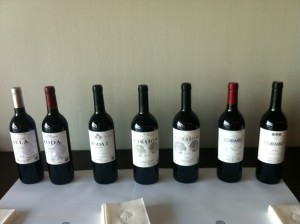 drinks like a beautifully matured wine, the satin dark fruit on the palate opening to layers of complexity and leading to a long, long finish. Cirsion is aged for a year in French oak, another year in the bottle. At €200 a bottle or more depending on the vintage, it is certainly a luxury spend, but the paens of praise it receives endorses its special status. “Last year we made only 8,000 bottles, and some years, if we aren’t satisfied we don’t make it at all,” says Edurne. All RODA’s harvests are done by hand, the grape selection very exacting and stringent to ensure top quality. “We may be the youngest in the area, but we have worked hard to establish our quality. Our winery is modern, but our vinification method is very traditional,” she adds.
drinks like a beautifully matured wine, the satin dark fruit on the palate opening to layers of complexity and leading to a long, long finish. Cirsion is aged for a year in French oak, another year in the bottle. At €200 a bottle or more depending on the vintage, it is certainly a luxury spend, but the paens of praise it receives endorses its special status. “Last year we made only 8,000 bottles, and some years, if we aren’t satisfied we don’t make it at all,” says Edurne. All RODA’s harvests are done by hand, the grape selection very exacting and stringent to ensure top quality. “We may be the youngest in the area, but we have worked hard to establish our quality. Our winery is modern, but our vinification method is very traditional,” she adds.
Wine tasting over, it was time to taste RODA’s famous cold-pressed olive oils which are harder to find in retail than gold on a pavement, as their limited production sells out in the blink of an eye. Dauro, the extra virgin olive oil from the region near Barcelona, is made from three different types of olives and is redolent of rich flavours of grass and citrus. “This is the olive oil served at the Nobel prize winners celebration dinners each year,” announces Edurne. The second, Aubocassa, an elegant extra virgin olive oil from Mallorca has both body and bite, with a hint of spice and aromas of green bananas and artichokes. Both stunning. Served with rustic bread, it can make for a wondrous meal by itself.
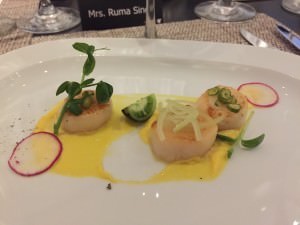
Sela 2009
In a town full of famous names and fabulous Rioja wines, RODA has enough to its name to stand apart and make it worth making a visit for a tasting, or even a glass of wine at their cellar door wine bar. As we leave the gleaming steel and glass winery, the black and white photographs of the exhibition called “Maridajes”, a look at the female universe through different award winning photographers, caught my eye. Like the wines we had tasted, each photograph had layers of complexity and a refreshing perspective.
Bodegas RODA Sela is available in Karnataka for Rs3852 (Euro 50), and RODA Reserva for Rs 5766 (Euro 75)

